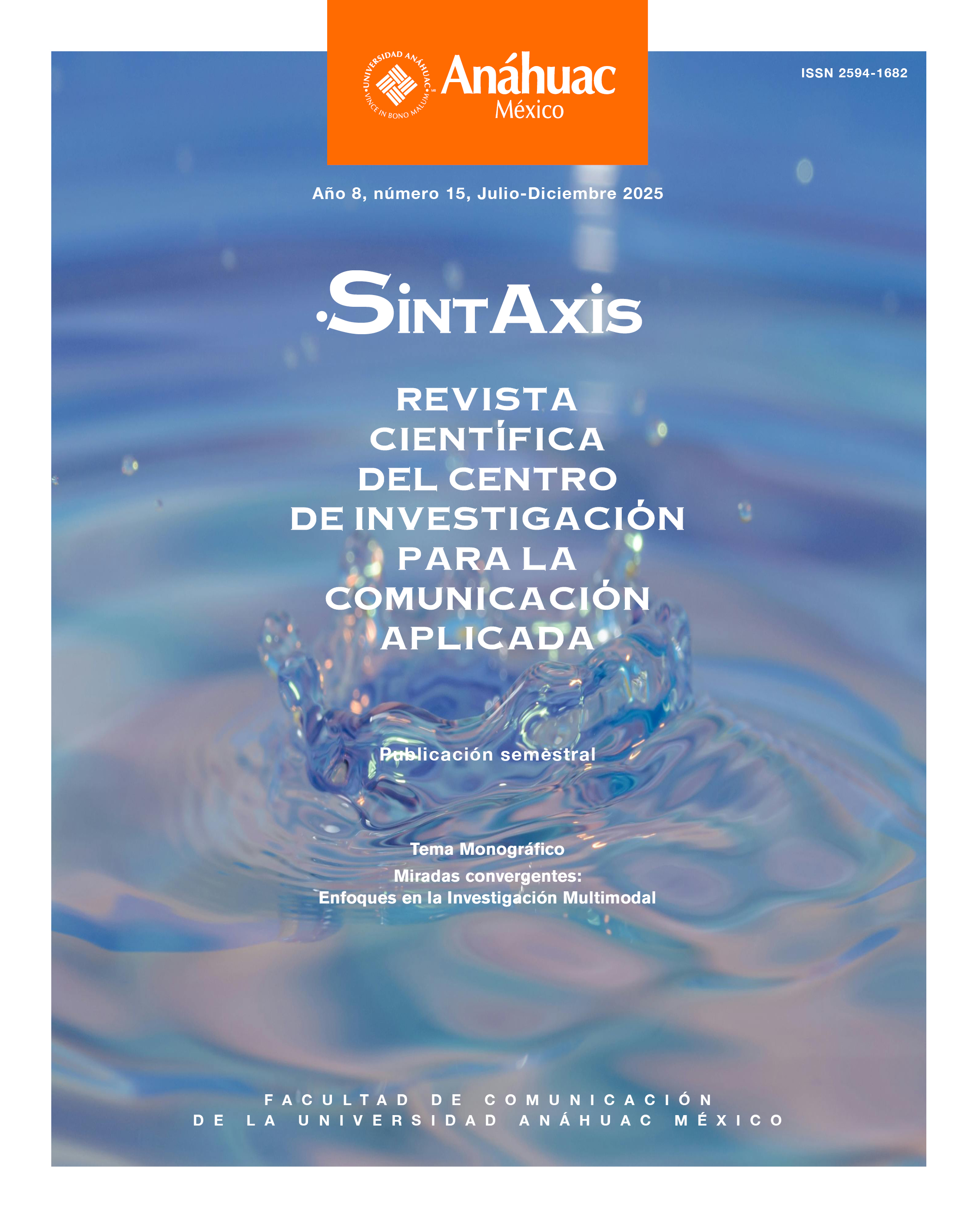Technology-based methodological innovations for communication research and tourism in areas with protected species
Main Article Content
Abstract
This research analyzes methodological innovations in the research of communication and tourism in areas with protected species, focusing on Cozumel, Mexico. The principal aim was to reconnoiter how the use of emerging technologies, such as 360-degree cameras and eye tracking, enhances the understanding of communicative interactions between tourists and site managers in these environments. A visual ethnographic approach is adopted, incorporating techniques such as touring with video, heat maps, eye tracking and emotion analysis to examine these interactions. Through ethnographic observations and the analysis of social representations, traditional techniques that underpin these innovations, the study investigates how tourists perceive areas with protected species and how communication with managers influences their behavior. The findings demonstrate that the use of these technologies provides a broader and more detailed understanding of the communication phenomenon in contexts like the one under study.
Downloads
Article Details
Section

This work is licensed under a Creative Commons Attribution-NonCommercial-NoDerivatives 4.0 International License.
The author keeps the property rights with no restriction whatsoever and guarantees the magazine the right to be the first publication of the work. The author is free to deposit the published version in any other medium, such as an institutional archive or on his own website.
How to Cite
References
Baudrillard, J. (2009). La sociedad de consumo: sus mitos, sus estructuras. Siglo XXI de España Editores.
Dicks, B.; Soyinka, B. y Coffey, A. (2006). Multimodal ethnography. Qualitative Research 6(1), 77-96. https://doi.org/10.1177/1468794106058876 DOI: https://doi.org/10.1177/1468794106058876
Ekman, P. (1999). Facial Expressions. In T. Dalgleish y M. Power (Eds.), Handbook of Cognition and Emotion, 301-320. https://doi.org/10.1002/0470013494.ch16 DOI: https://doi.org/10.1002/0470013494.ch16
Lévi-Strauss, C. (1987). Antropología estructural: mito, sociedad, humanidades. Siglo XXI.
Mejía, J. (2004). Sobre la investigación cualitativa. Nuevos conceptos y campos de desarrollo. Investigaciones Sociales, 8(13), 277-299. https://doi.org/10.15381/is.v8i13.6928 DOI: https://doi.org/10.15381/is.v8i13.6928
Noldus Information Technology. (s. f.). Acerca de Noldus. https://www.noldus.com/about-noldus
Norris, S. (2004). Analyzing multimodal interaction: A methodological framework. Routledge.
https://doi.org/10.4324/9780203379493 DOI: https://doi.org/10.4324/9780203379493
Pink, S. (2004). “Guest editor’s introduction: Applied visual anthropology. Social intervention, visual methodologies and anthropology theory”. Visual Anthropology Review, 20(1), 3-16. https://doi.org/10.1525/var.2004.20.1.3 DOI: https://doi.org/10.1525/var.2004.20.1.3
Pink, S. (2008). “Sense and sustainability: The case of the Slow City movement”. Local Environment: The International Journal of Justice and Sustainability, 13(2), 95-106. https://doi.org/10.1080/13549830701581895 DOI: https://doi.org/10.1080/13549830701581895
Pink, S. (2008). “The sensory sociality of ethnographic place-making: An urban tour”. Ethnography, 9(2), 175-196. https://doi.org/10.1177/1466138108089467 DOI: https://doi.org/10.1177/1466138108089467
Pink, S. (2011). “Multimodality, multisensoriality and ethnographic knowing: Social semiotics and the phenomenology of perception”. Qualitative Research, 11(3), 261-276. https://doi.org/10.1177/1468794111399835 DOI: https://doi.org/10.1177/1468794111399835
Pink, S. (2023). “Caminar con la cámara. El video como método de investigación etnográfica”. Maguaré, 37(1), 155-184. https://doi.org/10.15446/mag.v37n1.107568 DOI: https://doi.org/10.15446/mag.v37n1.107568
Schutz, A. (1974). El problema de la realidad social. Amorrortu Editores.
Valencia, S. (2007). “Elementos de la construcción, circulación y aplicación de las representaciones sociales”. En T. Rodríguez y L. García (Coords.), Representaciones sociales: teoría e investigación, 51-88. Universidad de Guadalajara.

